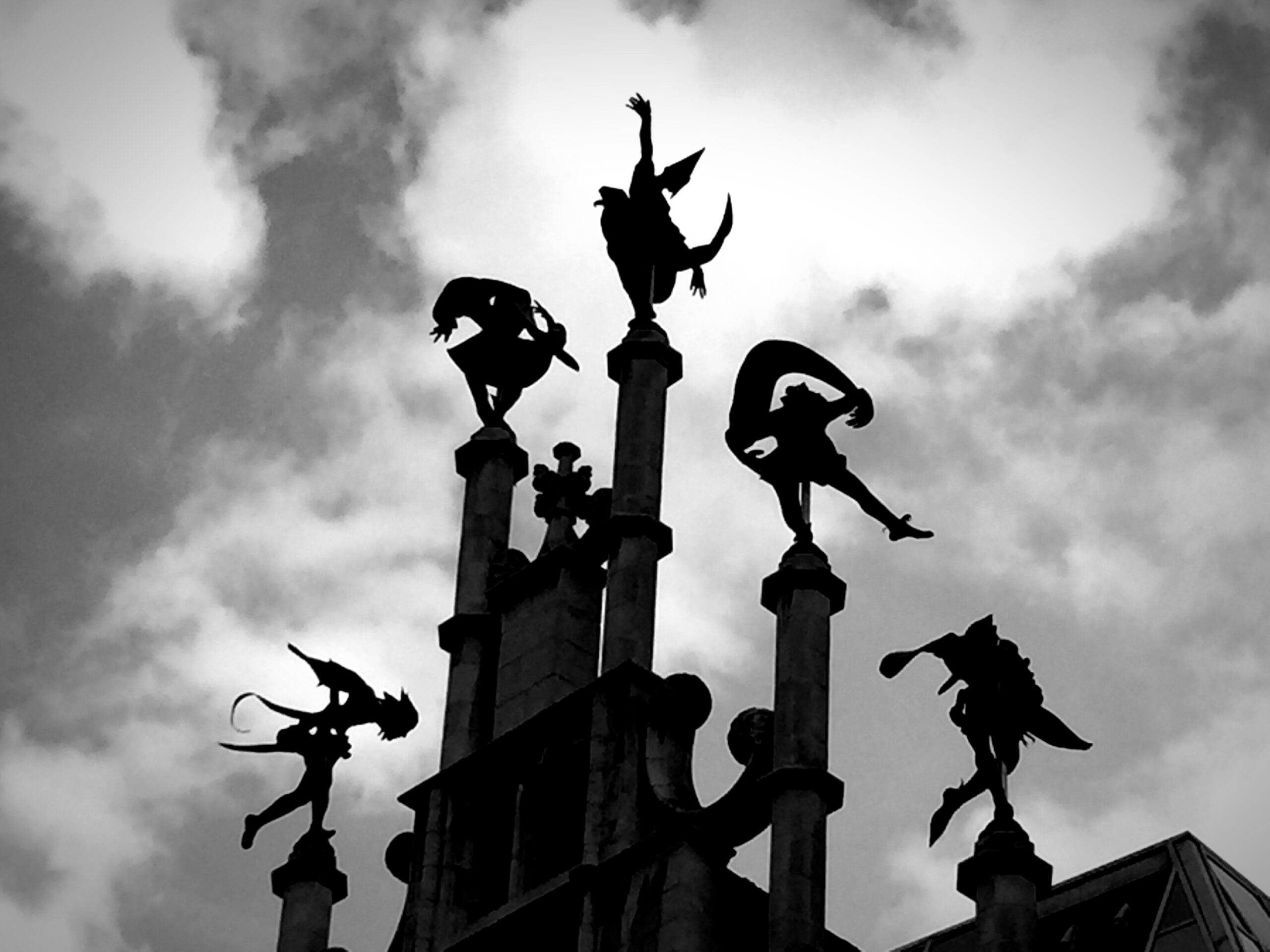
For K, this would mean that her loss of a card game—a failure to take all of the tricks (perhaps having no trump in her hand)—relates to her own self-schema and ultimately to her focal conflict that relates directly to this schema. She lacks a sense of self-worth, worries about her physical appearance and, as a result, finds it hard to establish a “genuine” and trusting relationship with other people. Her “wounded” self-image and related concerns and fears all “get on board” the peremptory ideational train that was triggered by her loss of the card game.
Along comes K’s night of sleep in the dream lab. She tends to some residue from her previous day (including the card game) and perhaps to some content from her ideational train. K may also attend in some of her dreams to sub-focal conflicts—such as her relationship with people outside of the card game. Then comes a dream late at night that enables (or even requires) that K attend not just the manifest content and sub-focal conflicts, but to those issues and those profound concerns and fears that are most closely associated with her focal conflict. Ideational contend and emotions related to her self-schemata and her focal conflict disembark from the ideational train> K has to deal with them and does so – with only limited success—in her Pelican Dream.
Conclusions
French and Fromm (1964, p. 85) recommend that three steps be taken in the “reconstruction of the dream.” We have taken these three steps in reconstructing Katherine’s Pelican nightmare. First, we are to find the problem that resides at the heart of the dreamer’s life. This is the focal conflict. Unlike French and Fromm, we do not have access to any therapeutic-derived data from Katherine. However, we do know something of her life (both past and present), based on informal interaction with her prior and after her participation in the dream lab.
Furthermore, we reversed the usual order presented by French and Fromm. Rather than beginning with outside information regarding Katherine, we started with the dream itself and speculated “outward” to hypothesize about her focal conflict. We began with her Pelican beak, the cards in her lap, her wheeling off the bridge and other content in the dream. We then attempted to link it back to her daily life (especially her obsession with the game of Bridge and her concern about personal appearance) and to her earlier history (broken nose). The conclusion we reached regarding Katherine’s focal conflict concerned two related issues: her personal relationships and her ultimate fear of death.
The second step proposed by French and Fromm concerns identification of “the derivative problems that lead, by intelligibly motivated substitutions (or delays), to various parts of the manifest dream” (French and Fromm, 1964, p. 95). We have proposed that Katherine’s nightmare engages many daytime residues and manifest dream elements in pointing toward both the sub-focal and focal conflicts that challenge her in her walking life. The game of Bridge relates to an actual event that occurred during the previous day in Katherine’s life. Her nightmare has creatively bridged the gap between the real world and the world of Katherine’s unconscious life (even her peremptory ideations).





